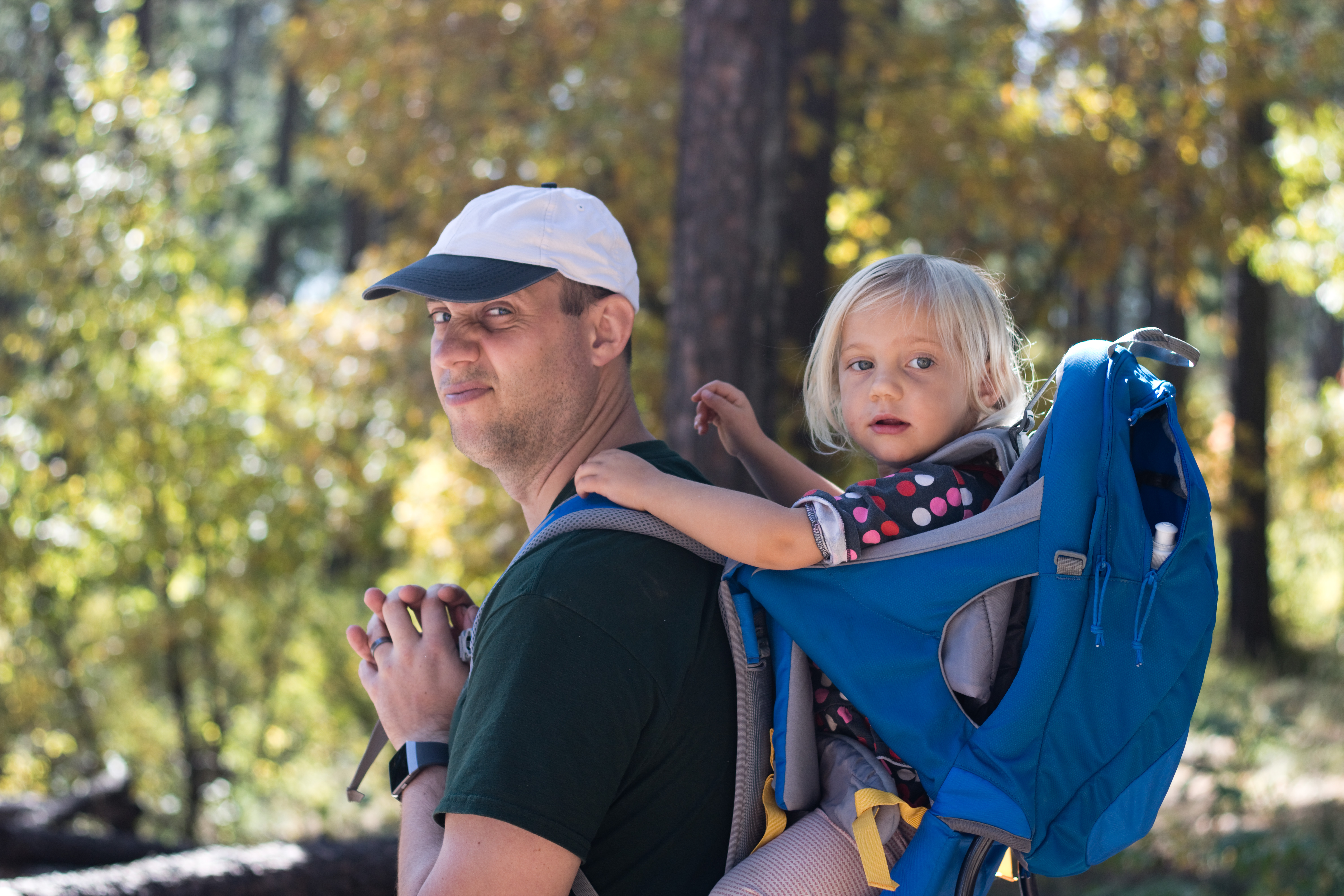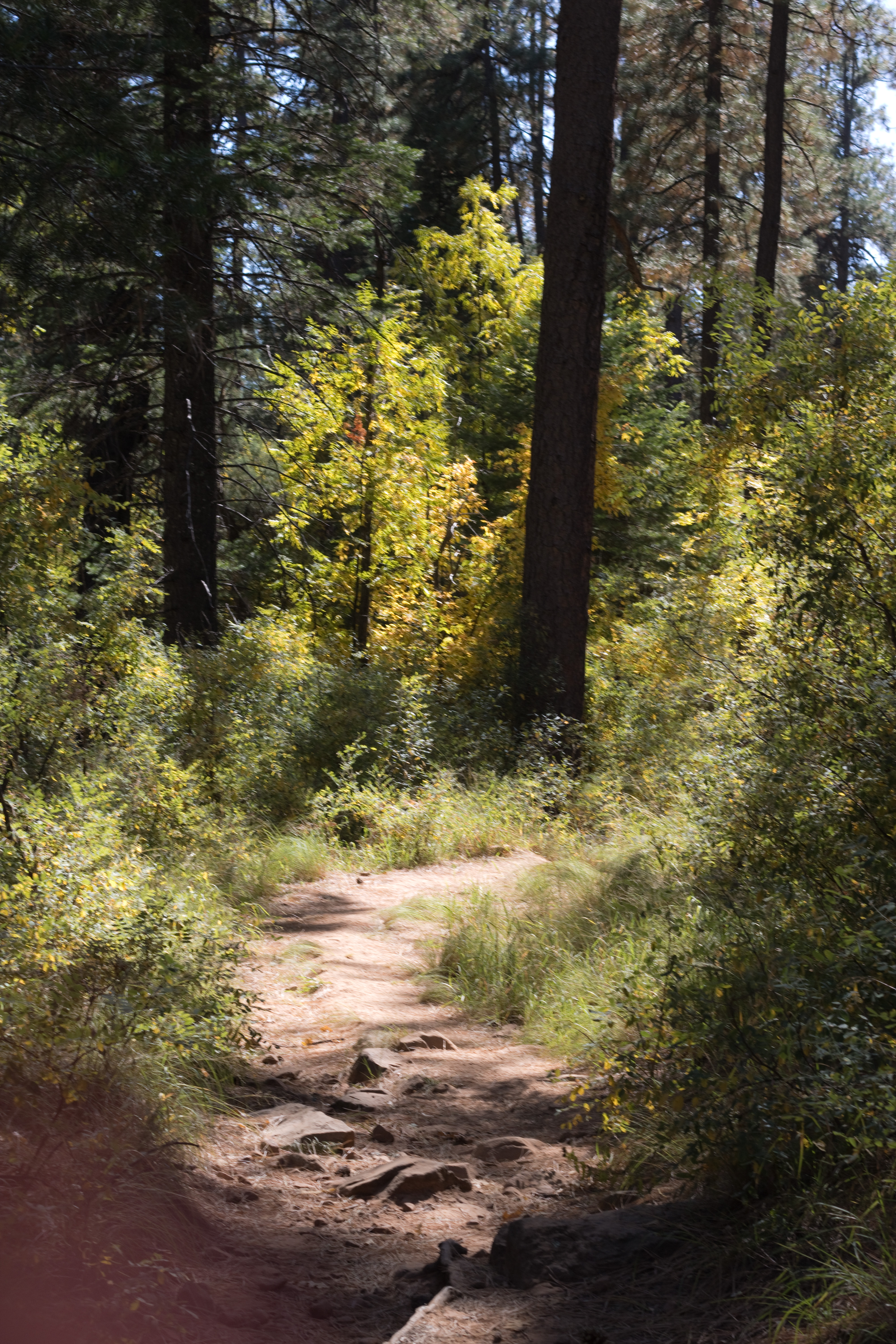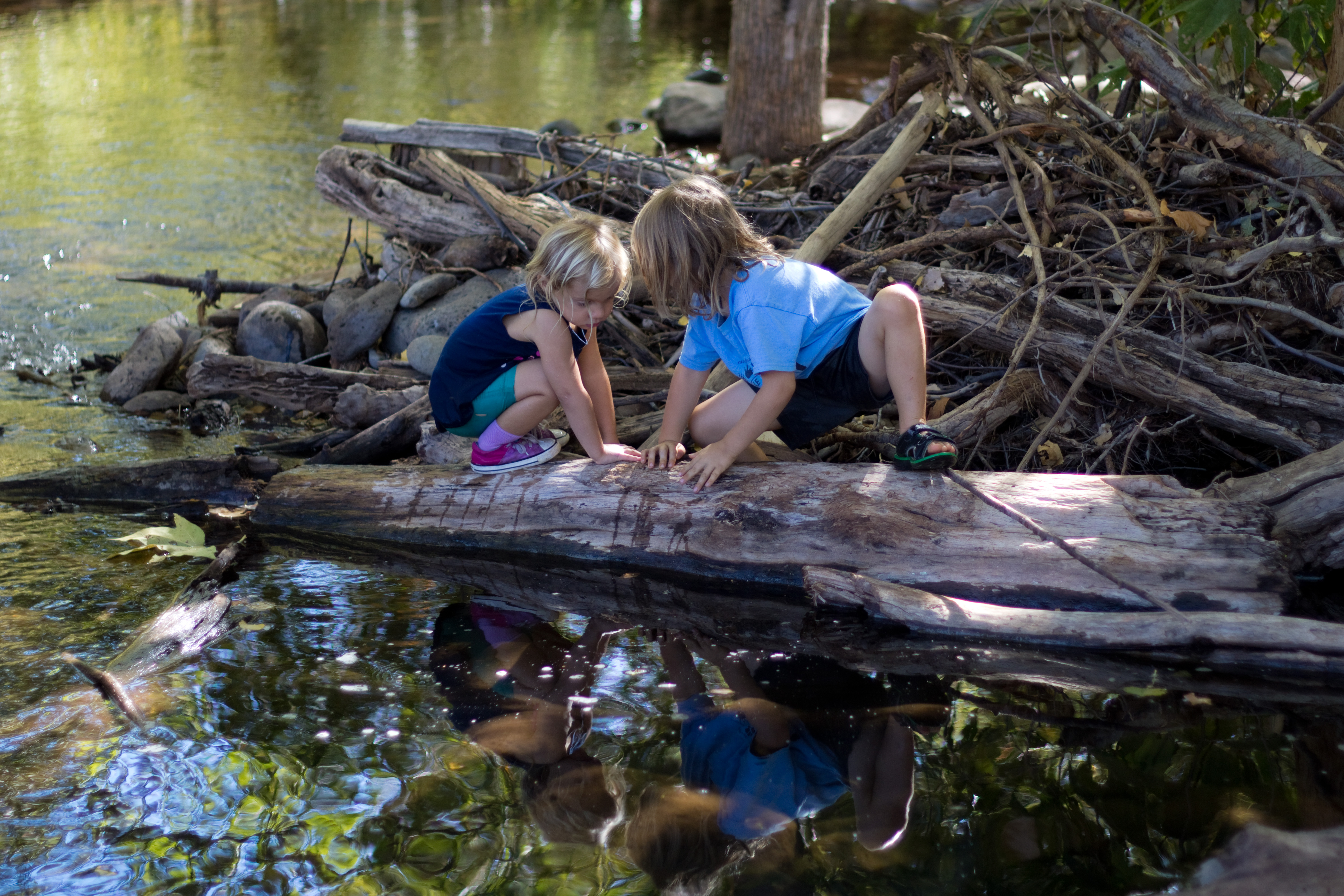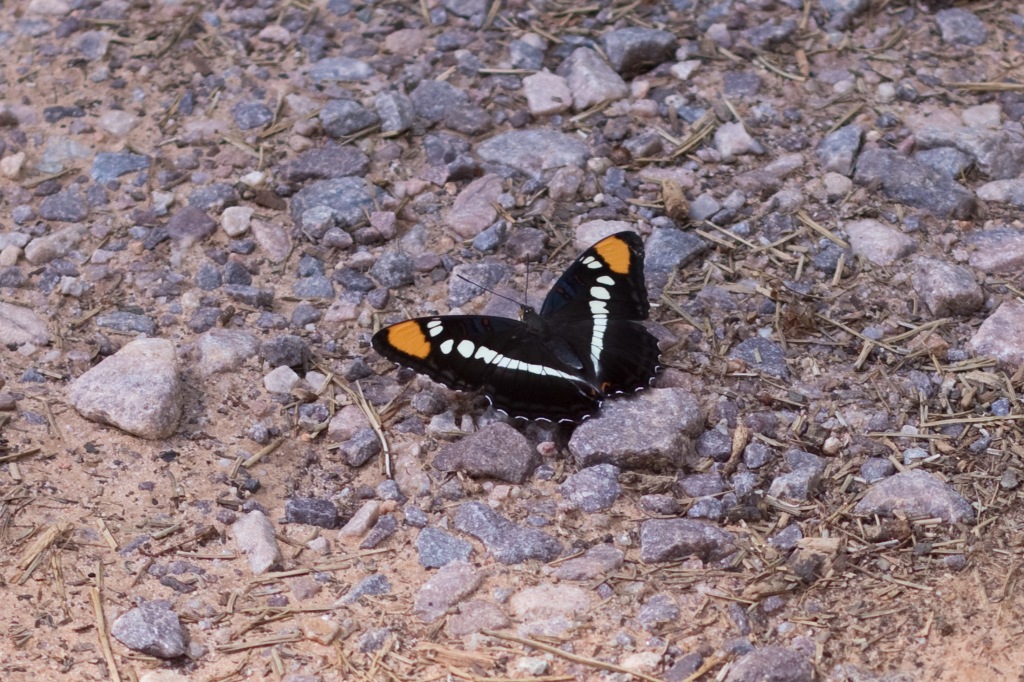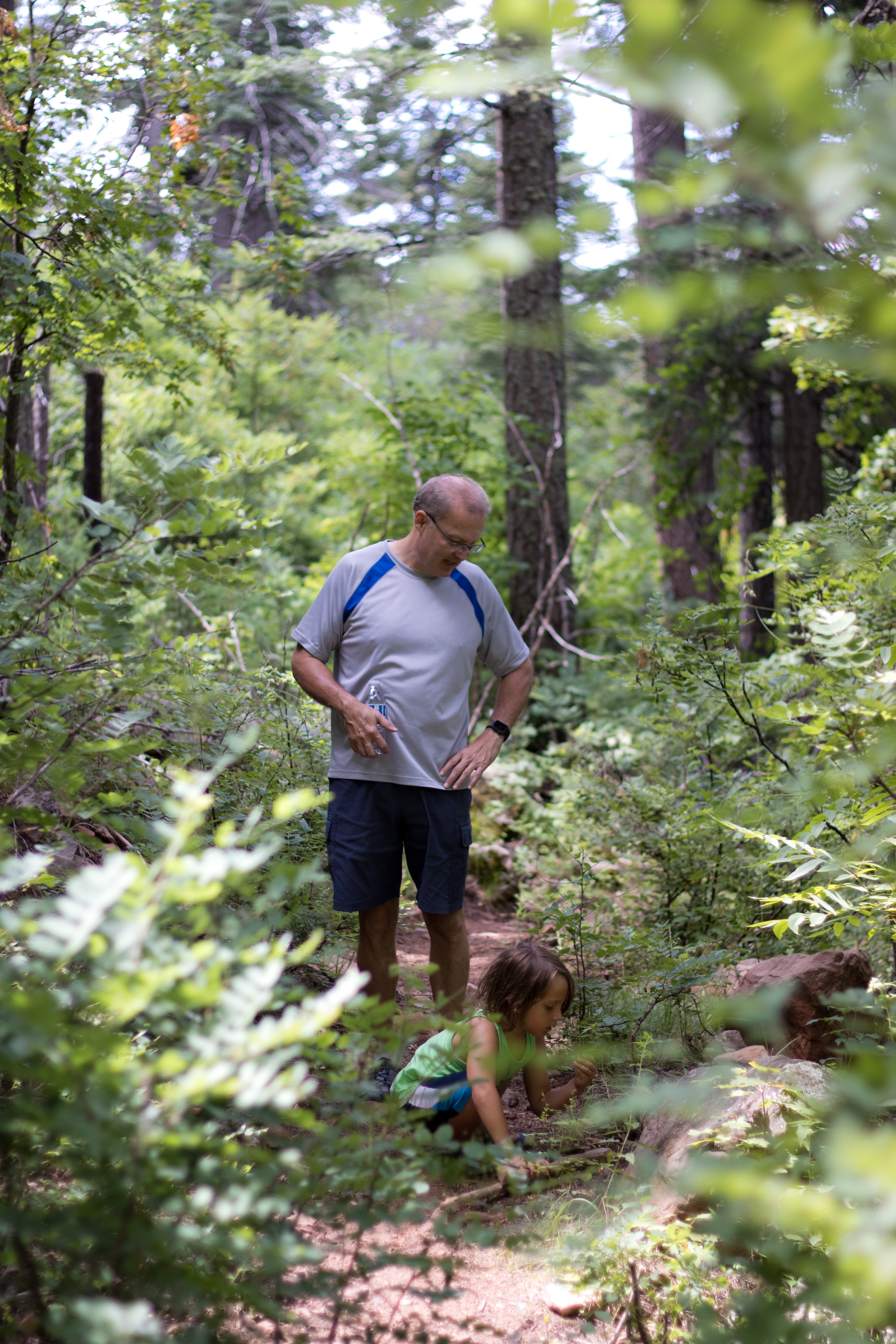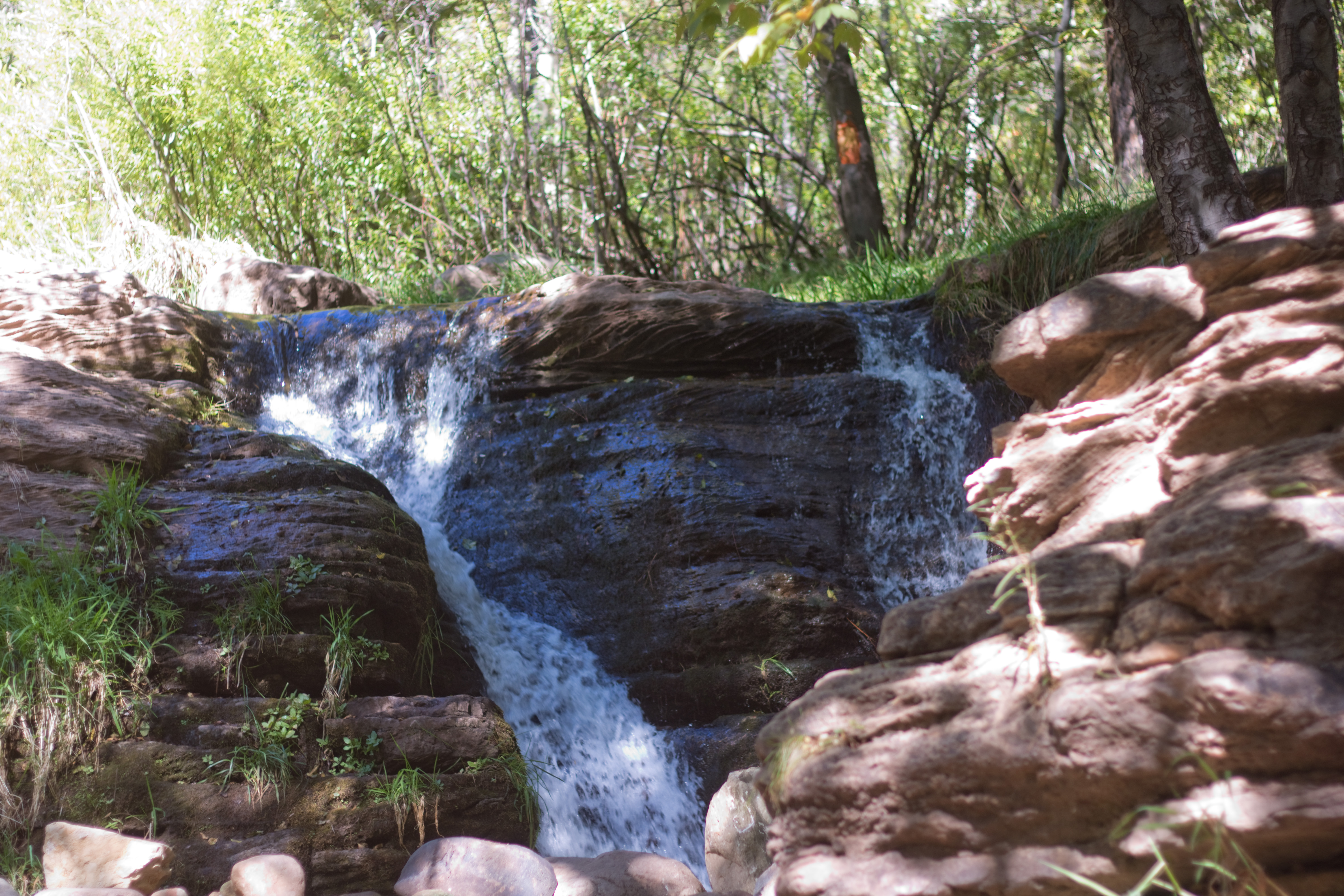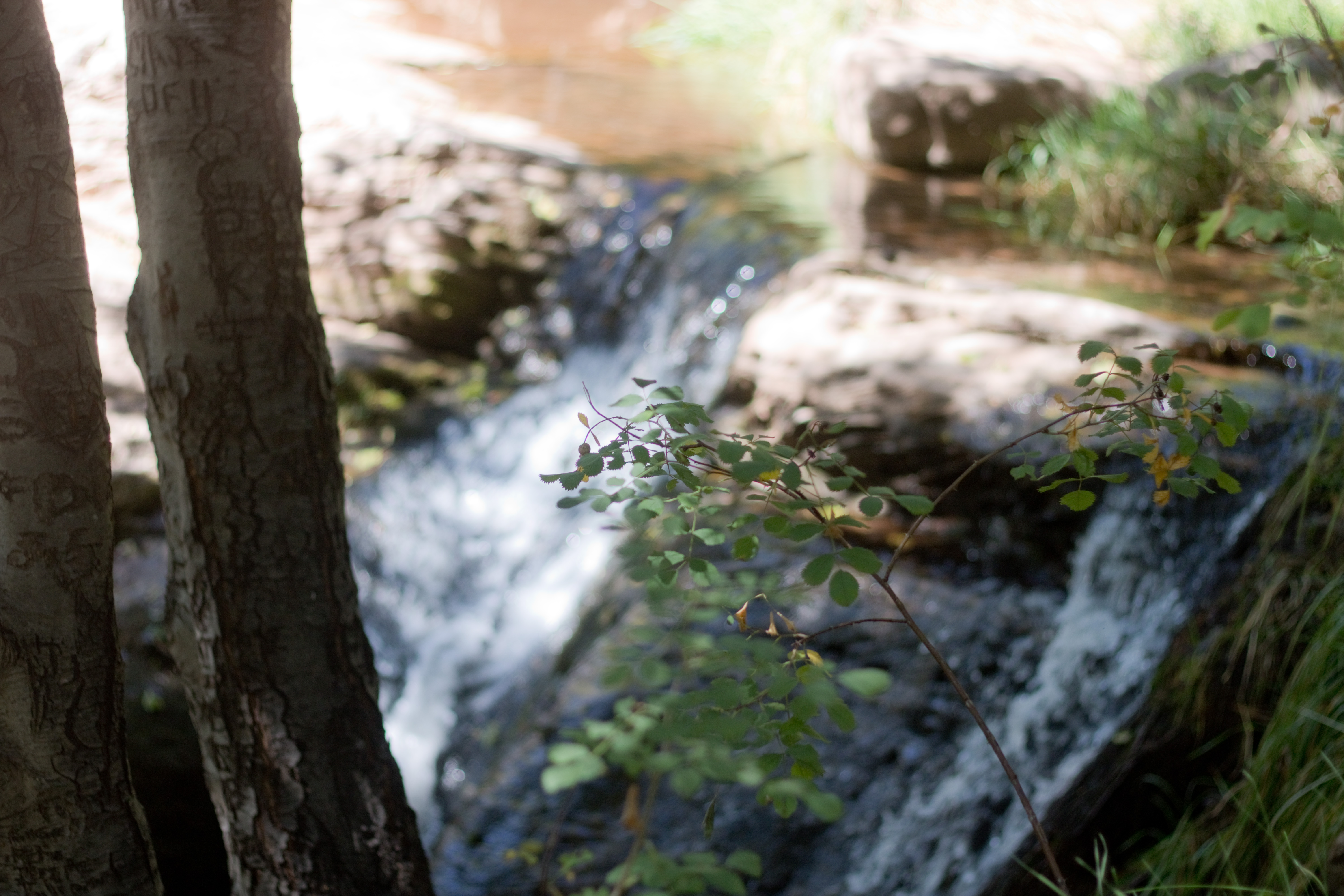As part of the Maricopa County reading program this summer, we all received passes to the Arizona state park system, and I’d been looking for a chance to use them (we’re saving some for Boyce Thompson Arboretum in the fall). Then I was reminded about the Tonto Natural Bridge just outside of Payson – the largest travertine bridge in the world.
Travertine is a form of limestone, calcium carbonate deposited at the mouth of mineral springs; travertine bridges like the one at Tonto can be formed when a travertine dam across a canyon (in this case Pine Creek Canyon) is eroded by water over time. For a detailed and illustrated explanation, visit the Arizona State Parks page about it here!
I hadn’t been to Tonto in at least 15 years, so I didn’t remember how difficult the trails were, but I did remember how beautiful they were, and how breathtaking the natural bridge was, so I decided to try it. We drove up early one Monday morning, making the ascent into Payson and then the steep descent into the Tonto valley. It is like a hidden vibrant green gem surrounded by dark pine-covered slopes; with the clear startlingly blue sky overhead, it was beautiful beyond my ability to capture with a camera (at least with three little kids running every direction at once!).
We did the Waterfall Trail first. This is a short trail (300ft one way) down a series of steps to a small waterfall running down a moss-covered side of the canyon.
The steps are quite steep. This isn’t a good trail for someone with poor knees – and Aubade needed to be carried most of the way down because the steps were too tall for her short legs. She was able to clamber up, however! The trail also gets very slippery down by where the waterfall splashes over it; the railing will keep you from tumbling down the canyon wall, but good shoes and attention to footing are important also (or you can be barefoot like Limerick was for the majority of the time… he does a lot better when he can feel the ground directly).
After we came back up from the waterfall, and realized just how short of a trail it had been, we decided to try the Pine Creek Trail – a half mile loop down the creek bed to the natural bridge. Does that sound easy? It did to me as well, until I saw that 75% of the hike consisted of bouldering through the creek with occasional arrows for guidance. But hey, if bouldering proves too difficult there is always the creek to play in, so we went for it.
The first part of the trail is very easy – smooth paths and steps down to the creek. Aubade was able to handle most of this on her own, except for a few of the bigger steps. Several of the native trees are signed along the way, so we were able to identify and learn about the cypress tree, comparing its thin peeling bark to the thick checkered bark of the juniper tree, noticing how much larger its berries were, and feeling its sticky resin.
When the trail first reaches the creek, there is a shallow wading pool perfect for little kids to play in! We stayed here for quite a while before moving on, and again on our way back; I think there are only a few things in life that Aubade enjoys more than playing in running water, and she could have stayed here happily for hours. Limerick, however, was eager to climb, and Rondel wanted to see how far he could hike and try to reach the bridge. So onward we went!
It was on this hike that I realized how lucky I had been at Ellison Creek that Aubade had taken a nap on the drive up; here, she wasn’t as rested, and almost fell asleep during an emergency nursing break halfway down the creek. Fortunately she was able to recover and enjoy the rest of the hike, but I was seriously regretting not using the hiking child carrier backpack for a while there. (She dislikes it, and also likes to hike herself where possible, so it tends to mean I’m just carrying unnecessary weight, but she may have fallen asleep in it.)
I also was very grateful that I had remembered a backpack for the water bottles as there is no way I could have made it over the boulders carrying both Aubade and a water bottle in my hands. There were times when I had to lift her over a tricky spot and then climb up myself – and then, at least once, lift the boys up next! So this is definitely not an easy hike, despite the short overall distance, and I wouldn’t recommend it if your children don’t enjoy scrambling up and over boulders.
Mine do, fortunately, so we made it, in the end, to the bridge.
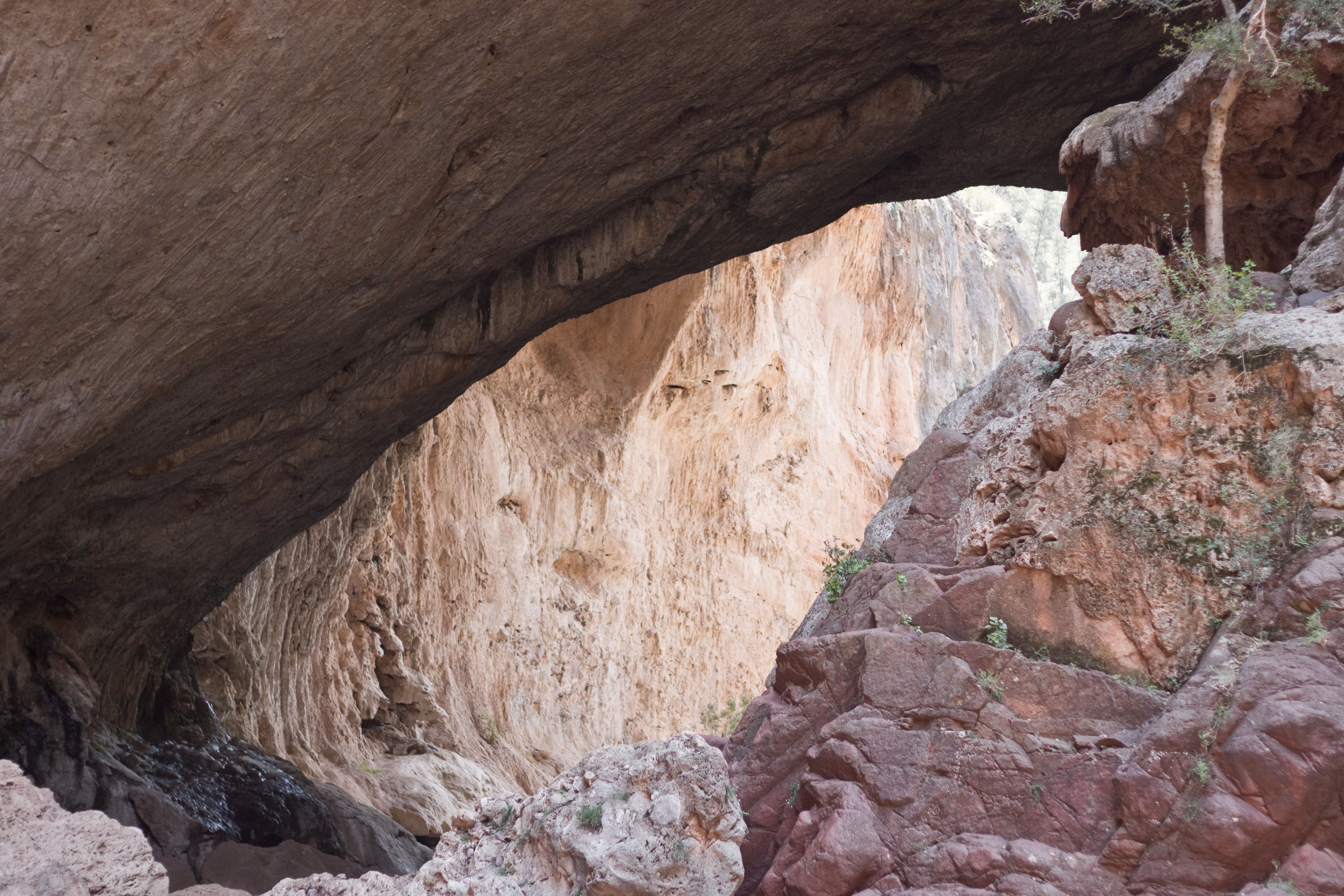
It is stunning. Too high and wide to get a good shot of in its entirety, from where we were in the canyon (we didn’t go all the way under it as I remember those rocks being extremely slippery – I had to be coached down so I wouldn’t fall when I was quite a bit older than my kids are now – and we were already all worn out). But we stayed and admired it for a while, one of those wonders made by the joint efforts of hard rock and moving water, and then made out way back from whence we came.
This was a difficult hike (the ranger who gave us our parking pass emphasized that the trails were “strenuous”), and I was so proud of all three kids for pushing themselves up the final stretch back to the car, when they were just about exhausted. Limerick was especially tired, being smaller and younger than Rondel but hiking the whole trail independently unlike Aubade, but he kept going without complaining all the way back to the car, and rode home in a very well-earned glow of accomplishment (not to mention a much-needed nap). However, despite the difficulty, I would wholeheartedly recommend this hike, and the entire state park, for anyone with experienced or determined young hikers, or who has extra adults to help carry a tired child. It is a truly unique and beautiful place.
To reach Tonto State Park from the East Valley: Take the 87 north through Payson; turn left on Nf-583 (it is well-marked with a sign for the state park) and continue to the park entrance. The park is open beginning at 8am in the summer and 9am in the fall through spring.










